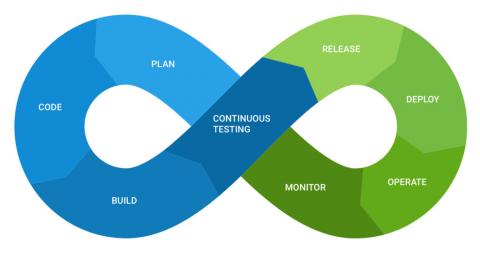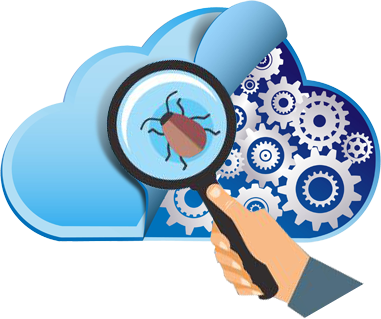Configuring a Build Pipeline on Azure DevOps for an ASP.NET Core API
Joao Grassi — a .NET developer, front-end hobbyist, and friend of Sentry — likes .NET very much and recently tried to bring a friend to the “dark side” of .NET development. To win a point, he decided to create a small sample project using Azure DevOps. As he started, he struggled to find helpful information in the documentation (like how to control the artifact name).






